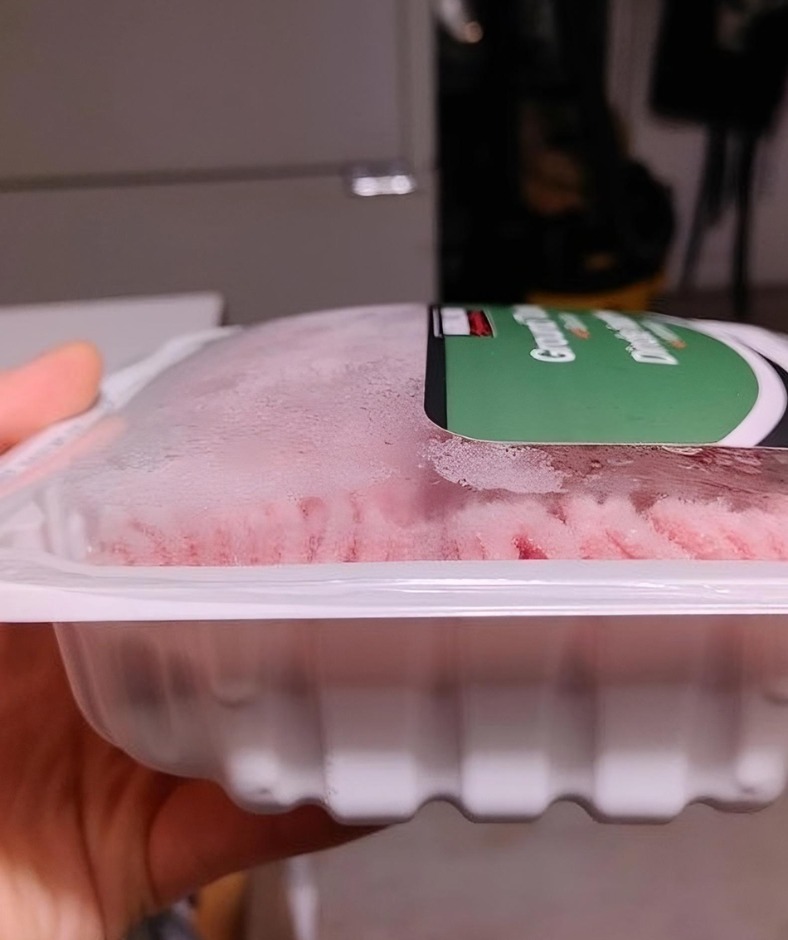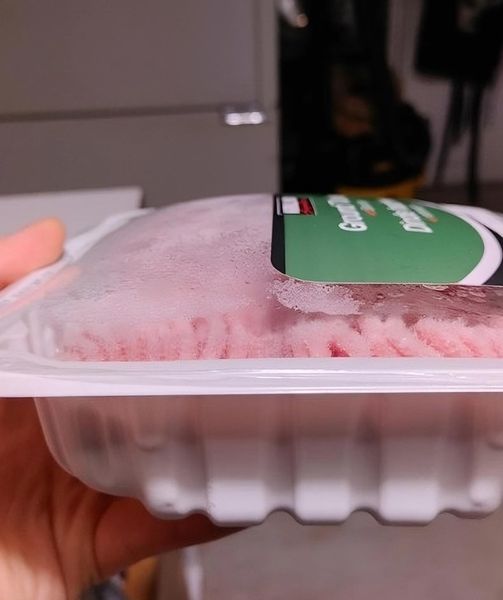Have you ever picked up a bag of chips and noticed how it feels unusually puffy with air? Even though it may seem like a packaging mistake, it’s actually purposeful. Some goods, like chips, include extra air to prevent the delicate contents from being crushed during transit. This extra space acts like a cushion, ensuring your chips stay crispy and delicious.

On the other side, certain foods are packaged with no air at all. This is especially true for perishable items like cheese and sausages. The lack of air helps prevent the growth of harmful bacteria, keeping the food fresh and safe until it reaches your table.
When Bloated Does Not Mean Bad
Bloated packaging doesn’t always mean the food inside is bad. Often, it’s caused by the production of gases like carbon dioxide from microbes found in perishable foods. Some of these microbes can cause food spoilage, while others might cause food poisoning. However, not all bloated packaging is dangerous, but it should be handled with care. If you have any concerns about the safety of the food, always follow food safety guidelines.
Foods Most Commonly Affected
Certain types of food are more prone to bloated packaging than others. Perishable items like cheese and sausages top the list. Dairy products, particularly those stored in containers, can develop bloated packaging when they spoil. Additionally, canned goods may also expand if tampered with or if they go bad.
How to Stay Safe
Although bloated food packaging can be worrying, it doesn’t always mean the food is spoiled. Understanding the factors that cause bloated packaging and knowing which foods are most susceptible can help you make better decisions at the store. When in doubt, prioritize food safety and avoid products with suspiciously inflated packaging to protect your health and ensure your meals taste their best.




